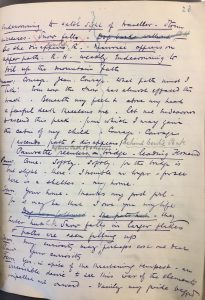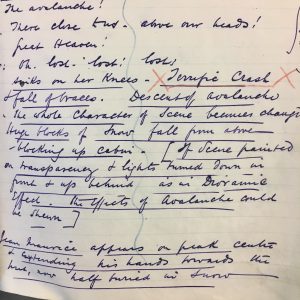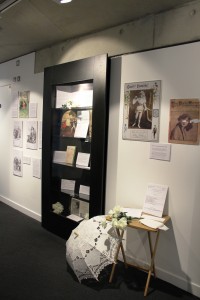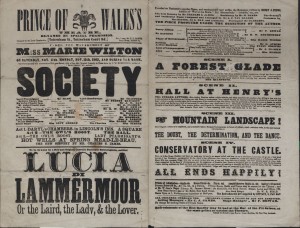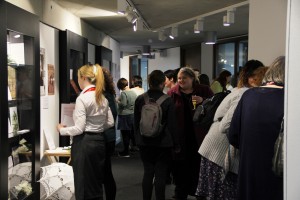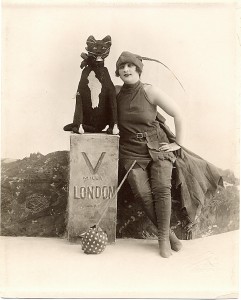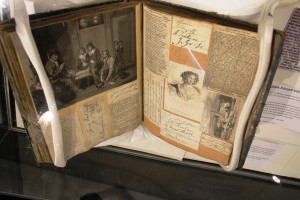Hello from a very wintery Canterbury! The SC&A team have been battling up the hill this week as 2018’s infamous ‘Beast From The East’ lands upon Kent.
Inevitably, this cold weather got us thinking about how snow has been represented throughout history, and it’s almost no surprise that the British fascination with bad weather spreads its icy tendrils through our collections (not literally, though!)…
Special Collections & Archives is known for our extensive archives of windmill photos from the 20th century, particularly the collections of the Muggeridges and C.P. Davies. Here, Muggeridge finds the ideal winter shot: a model of a post mill in Sussex that’s mostly buried by the white stuff…
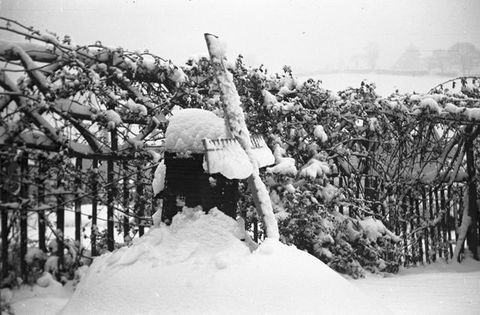
UKC-MIL-MUG-BW.540246, ‘Black and white negative and print made from it of a model of a post mill with roundhouse in Outwood, Surrey, in Camelsdale, Sussex, taken on 22nd December 1938, showing a side view covered with snow’, Muggeridge Collections
Our Modern Firsts collection of poetry contains verses in almost every format and theme imaginable, and it’s there that some of the most interesting ideas about weather come to light. In his 1997 work ‘Snow has settled (…) bury me here’, Peter Riley explores memories of place from a starting point of cold weather. The way that snow changes landscapes so completely is simulataneously refreshing, exciting and alien. Snow is also (in Britain at least) a hugely memorable event: we can all recall snow days, which are increasingly rare, particularly when we were young.
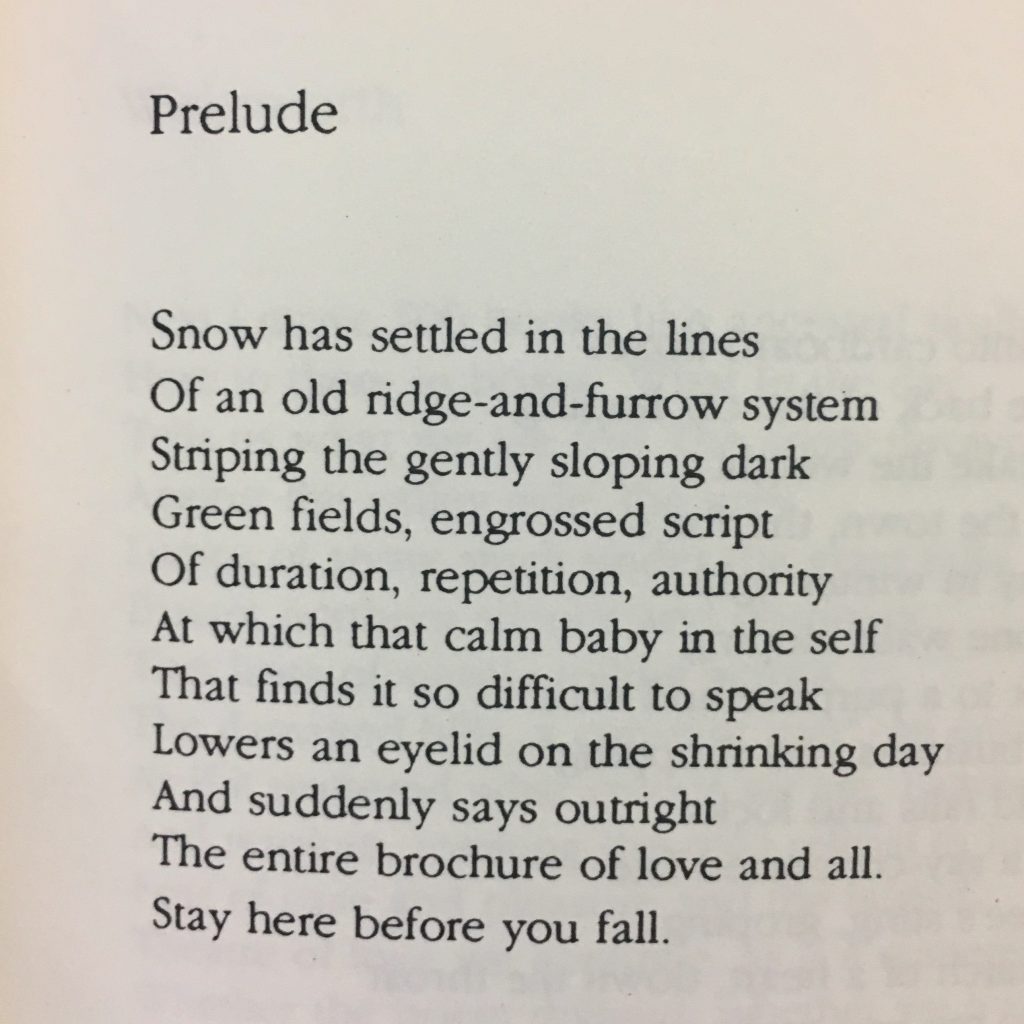
MOR.I526 POETRY (057119600), Peter Riley: ‘Snow has settled (…) bury me here’, 1997, Shearsman Books
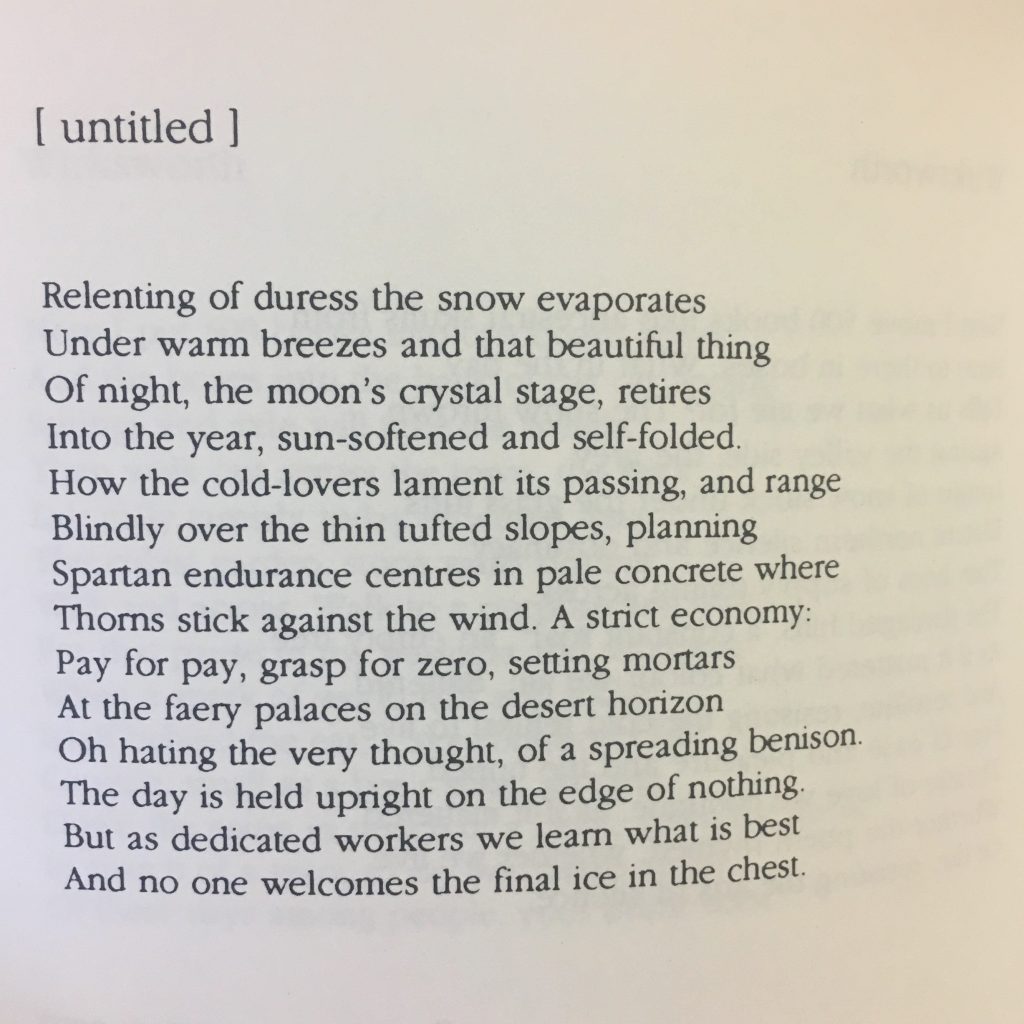
MOR.I526 POETRY (057119600), Peter Riley: ‘Snow has settled (…) bury me here’, 1997, Shearsman Books
The dramatic elements of cold are frequently used in fiction to express mood, so it’s no surprise that the shock of the snow is also popular for playwrights. In 1862, Bristol’s Theatre Royal put on a multi-show performance that included an entertainment called ‘The Angel of Midnight, or, the Duel in the Snow’ set in Munich in 1750:
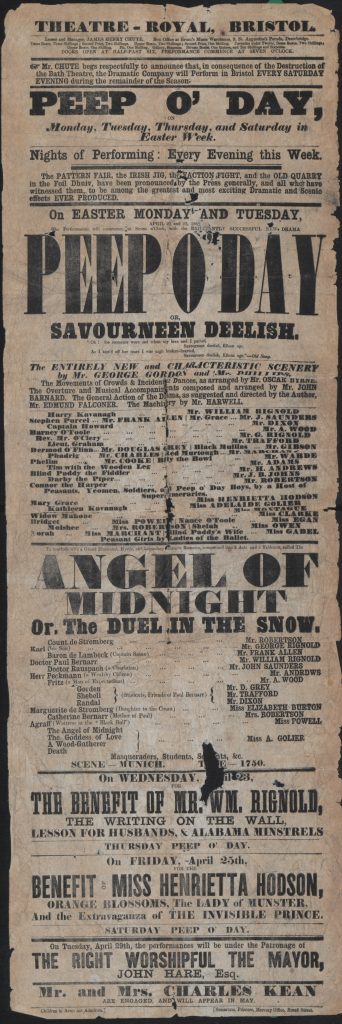
UKC-POS-BRSROY.0592650: Playbill advertising PEEP O’DAY and THE ANGEL OF MIDNIGHT at the Theatre Royal, Bristol, 21 April 1862
Our Pettingell collection is full of popular entertainments and melodramas from the Victorian era – you can see from the scripts why winter weather was a popular theme for audiences. Through the magic of scenery, audiences could be transported to far-off places like Russia or the Alps, where the characters were less familiar but the villains remained the same:

PETT B.53 SPEC COLL (059016100), ‘The snow storm; or, Lowina of Tobolskow : a melodramatick romance’, W. Barrymore, 1818
The Victorians were well known for developing stage effects. The lure of seeing spectacles frequently drew crowds to theatres long before movies, TV and the internet. What could be more exciting than seeing an avalanche live on stage?
Cartoonists, too, can use the weather to reflect goings-on in society. In 2016, Brian Adcock imagined what a certain blonde Republican presidential candidate would have to say…

BAD0244, ‘”If I was president I would have a total and compete shutdown of snow entering the United States”‘, 25 Jan 2016, The Independent
Because we all need a laugh more than ever when struggling with leaving the house, the job of a cartoonist becomes vital during the winter months. In the digital age, it’s probably easier for artists to email scans of their work in, but before that – spare a thought for Carl Giles:
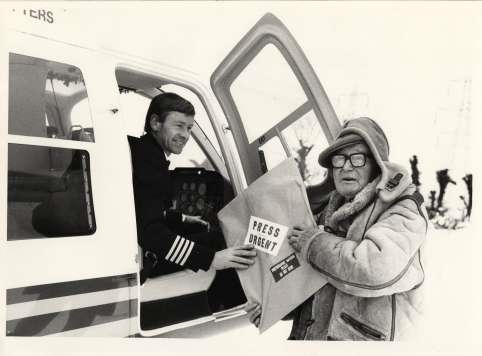
GAPH00137, Black and white photo of Giles in the snow at Hillbrow Farm handing packaged artwork to helicopter pilot [Rob Flexman of Aeromega Helicopters], 17 Jan 1987, Express Newspapers
All snow-related material described here can be found through either LibrarySearch, the Special Collections & Archives website or the British Cartoon Archive catalogue; all are welcome to come and explore weather-related adventures in our snow-free Reading Room.


